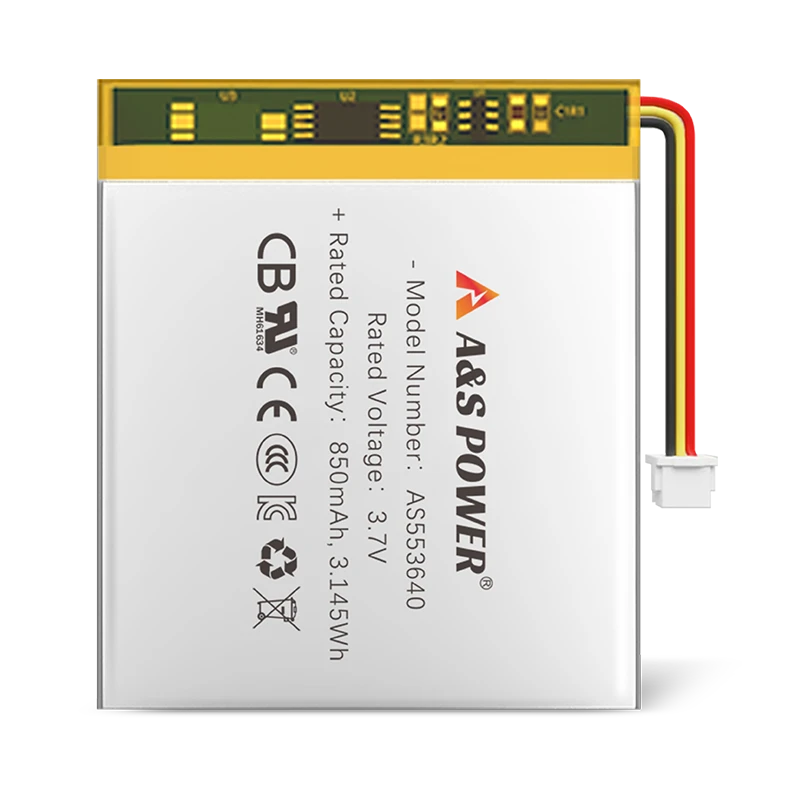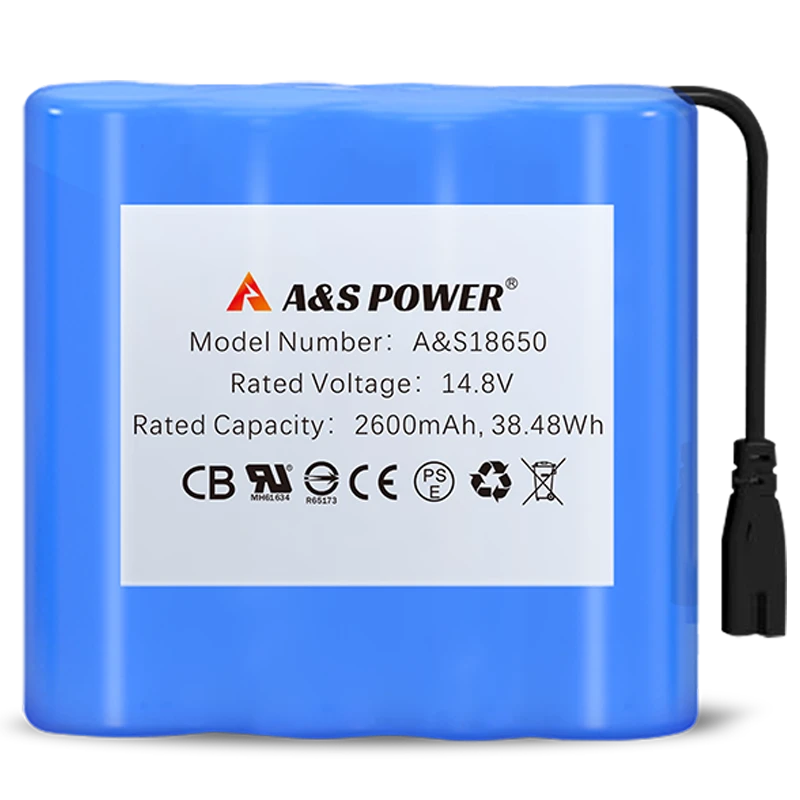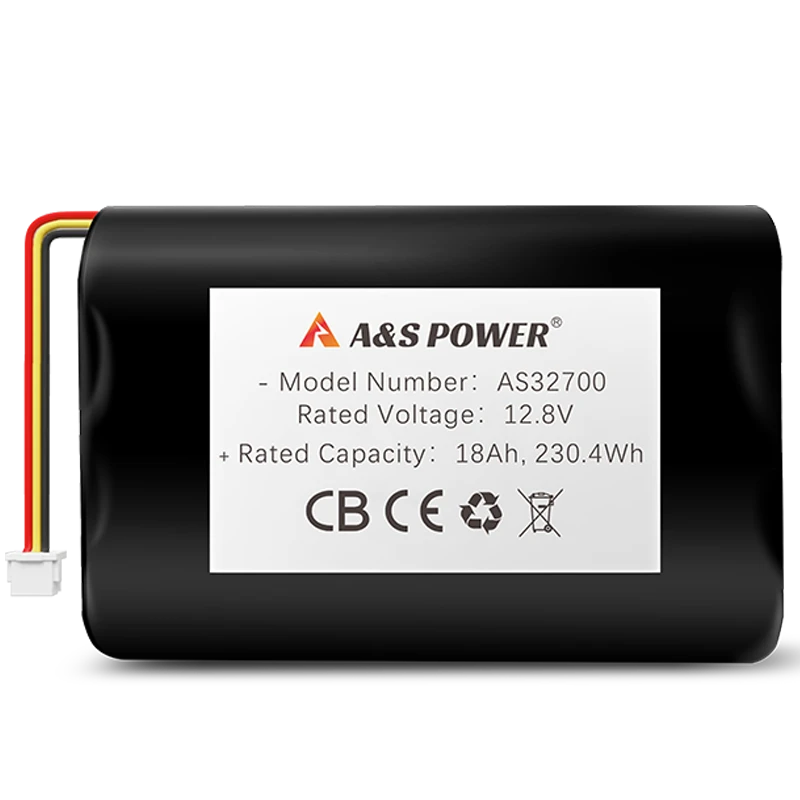New lithium battery design could mean lighter, safer batteries for Soldiers
New Lithium Battery Design Could Mean Lighter, Safer Batteries for Soldiers
The United States Army Research Laboratory, in collaboration with leading academic institutions and private sector energy storage companies, has recently unveiled a groundbreaking lithium battery design that promises to significantly enhance the operational capabilities of soldiers by reducing the weight of their power sources while simultaneously addressing critical safety concerns that have long plagued conventional energy storage systems. This innovative approach centers on the integration of a novel solid-state electrolyte composition with a lithium metal anode architecture that eliminates the flammable organic solvents found in traditional lithium-ion batteries, thereby substantially reducing the risk of thermal runaway events that can lead to fires or explosions in combat situations where batteries may be subjected to extreme physical stress or environmental conditions. By leveraging advanced materials science principles and nanotechnology engineering techniques, researchers have developed a cell design that achieves an impressive energy density of 450 Wh/kg—approximately 60% higher than the current standard-issue military batteries—while maintaining stable performance across a wide temperature range from -40°C to 60°C, which is crucial for operations in diverse climatic zones from desert to arctic environments. The implementation of this technology could potentially reduce the battery weight carried by dismounted soldiers by 50% while providing longer mission endurance, a critical advantage in extended operations where every pound of equipment matters and power requirements continue to increase due to the proliferation of electronic devices such as night vision goggles, communication systems, and GPS units. Initial testing under simulated battlefield conditions has demonstrated exceptional resilience to penetration, overcharging, and short-circuiting, meeting the rigorous standards set by the Department of Defense for military energy storage systems and positioning this technology as a transformative advancement for military applications with potential spillover benefits for commercial sectors.
Revolutionary Solid-State Electrolyte Technology and Enhanced Safety Features
Advanced Solid Electrolyte Composition and Ion Transport Mechanisms
The cornerstone of this breakthrough military battery technology lies in its innovative solid-state electrolyte formulation, which replaces the conventional liquid electrolytes—typically composed of lithium salts dissolved in volatile organic carbonates—with a proprietary composite material that exhibits exceptional ionic conductivity and electrochemical stability. This solid electrolyte consists of a carefully engineered combination of sulfide-based glass-ceramic materials and polymer composites that achieve lithium ion conductivity exceeding 10⁻³ S/cm at room temperature, rivaling the performance of liquid electrolytes while completely eliminating flammability concerns that have historically compromised battery safety in extreme conditions. The unique interface between the solid electrolyte and lithium metal anode has been optimized through nanoscale surface modifications that facilitate uniform lithium deposition and stripping during charge-discharge cycles, effectively suppressing the formation of dendrites that can cause internal short circuits and catastrophic failure in conventional lithium metal batteries. Additionally, the solid electrolyte demonstrates remarkable stability against high-voltage cathodes such as lithium nickel manganese cobalt oxide (NMC) and lithium-rich layered oxides, enabling operation at voltages up to 4.5 V without significant degradation or gas generation, which contributes to both higher energy density and longer cycle life compared to existing military battery systems. Research data from accelerated aging tests indicates that these solid-state cells retain over 90% of their initial capacity after 1,000 full charge-discharge cycles when operated at moderate rates, representing a substantial improvement over the 60-70% retention typically observed in current military lithium-ion batteries after equivalent cycling, thereby reducing logistics requirements for battery replacement in field operations.
Multi-Faceted Safety Engineering and Robust Physical Design
Beyond the inherent safety advantages of non-flammable solid electrolytes, this new battery design incorporates multiple layers of protection specifically engineered to withstand the extreme conditions encountered in military operations, including ballistic impact, vibration, temperature extremes, and rapid pressure changes. The cell architecture features a mechanically reinforced composite separator with integrated current interrupt devices that automatically disconnect the electrical circuit if internal pressure exceeds predetermined thresholds, preventing thermal escalation even in the event of physical damage to the battery casing. The external packaging utilizes advanced polymer composites with embedded phase-change materials that absorb and dissipate heat during high-rate operation or external heating scenarios, maintaining the internal temperature below 80°C even when subjected to external flames or elevated ambient temperatures that would cause conventional batteries to enter thermal runaway. Furthermore, the battery management system incorporates sophisticated algorithms that continuously monitor cell voltage, temperature, and impedance characteristics, enabling early detection of potential faults and allowing for preventive measures before safety-critical conditions develop. These comprehensive safety engineering approaches have been validated through rigorous testing protocols exceeding standard military requirements, including nail penetration tests that resulted in no fire or explosion, overcharge tests to 200% state of charge without catastrophic failure, and temperature cycling between -40°C and 85°C with minimal performance degradation, demonstrating reliability under conditions that would destroy conventional lithium-ion batteries.
Performance Advantages and Military Application Specifics
Weight Reduction and Extended Mission Capabilities
The most immediately impactful benefit of this new battery technology for military personnel is the substantial reduction in weight combined with increased energy storage capacity, addressing one of the most persistent challenges faced by dismounted soldiers who must carry increasingly heavy loads of electronic equipment and corresponding power sources. Current military operations typically require soldiers to carry between 7-10 kg of batteries for extended 72-hour missions, representing a significant portion of their total pack weight and contributing to fatigue, reduced mobility, and increased risk of musculoskeletal injuries over prolonged periods. The implementation of this new battery design could reduce this weight burden to approximately 3.5-5 kg while providing equivalent or greater energy capacity, effectively freeing up 4-5 kg for other essential equipment, additional ammunition, or supplies that could extend operational range and effectiveness. For specific applications, this translates to dramatic improvements: military radios that currently operate for 8 hours on standard batteries could function for 15-20 hours without weight increase, night vision devices could remain operational throughout multiple night missions without battery changes, and portable drone systems could achieve 50% longer flight times with the same battery weight, significantly enhancing reconnaissance capabilities. The following table illustrates the potential weight savings and performance improvements across key military applications:
| Military Equipment | Current Battery Weight (kg) | Current Runtime (hours) | New Battery Weight (kg) | Projected Runtime (hours) | Weight Saving (kg) | Runtime Improvement |
|---|---|---|---|---|---|---|
| Soldier Radio System | 1.8 | 8 | 0.9 | 16 | 0.9 | 100% |
| Night Vision Goggles | 0.5 | 10 | 0.25 | 22 | 0.25 | 120% |
| Portable UAV | 2.5 | 1.5 | 1.25 | 2.25 | 1.25 | 50% |
| Tactical Tablet | 0.7 | 6 | 0.35 | 12 | 0.35 | 100% |
| Total for 72h Mission | 10 | 72 | 5 | 144+ | 5 | 100%+ |
Environmental Resilience and Operational Flexibility
Military operations frequently occur in extreme environmental conditions that pose significant challenges for conventional battery technologies, including desert heat, arctic cold, high humidity, and significant altitude variations, all of which can severely impact performance and reliability. The new solid-state battery design demonstrates exceptional tolerance to these conditions, maintaining functional capacity across a temperature range from -40°C to 60°C without requiring external heating or cooling systems that add weight and complexity to current military power solutions. This wide operating temperature range is achieved through the intrinsic thermal stability of the solid electrolyte materials, which do not freeze or become highly viscous at low temperatures like liquid electrolytes, and do not undergo rapid decomposition at high temperatures, enabling reliable operation in environments ranging from Arctic exercises to desert deployments without performance degradation. Additionally, the hermetic sealing possible with solid-state systems provides superior resistance to moisture ingress, dust contamination, and altitude-induced pressure changes that can compromise conventional batteries, making them suitable for airborne operations, amphibious assaults, and other specialized military scenarios where environmental sealing is critical. Testing under simulated environmental conditions has demonstrated 95% capacity retention after exposure to 95% relative humidity at 38°C for 48 hours, and minimal performance loss when cycled between sea level and 15,000 feet equivalent pressure, outperforming current military battery specifications by significant margins and reducing the need for environmentally protective packaging that adds bulk and weight to soldiers' loads.
Manufacturing Considerations and Implementation Timeline
Scalable Production Processes and Supply Chain Security
The transition from laboratory demonstration to field-deployable military equipment requires manufacturing approaches that can produce these advanced batteries at relevant scales while maintaining consistent quality, performance, and reliability, all within a secure supply chain that minimizes dependence on foreign materials or technologies. Unlike some solid-state battery concepts that require exotic materials or complex fabrication techniques, this design utilizes manufacturing processes adapted from existing lithium-ion production lines, including electrode coating, stack assembly, and formation cycling, with modifications primarily focused on the solid electrolyte application and interface engineering steps. The sulfide-based solid electrolyte materials can be synthesized from relatively abundant elements using scalable solution-based or mechanochemical processes, avoiding the supply constraints and ethical concerns associated with cobalt and other conflict minerals that complicate conventional lithium-ion battery production. The United States Army Research Laboratory has partnered with domestic battery manufacturers to establish pilot production lines capable of manufacturing 10,000 cells per month by late 2024, with plans to scale to full production capacity sufficient to equip selected special operations units by 2026 and broader military adoption by 2028-2030, pending successful completion of operational testing and evaluation phases. This domestic manufacturing approach supports strategic priorities for supply chain security and technological superiority while creating skilled manufacturing jobs within the United States, reducing dependence on foreign battery producers for critical military equipment and ensuring that future advancements remain within the domestic industrial base.
Integration Pathways and Future Development Roadmap
The implementation of this new battery technology into military systems will follow a phased approach that prioritizes compatibility with existing equipment while gradually introducing specialized devices designed to fully leverage the performance advantages of the new power sources. Initial deployment will focus on form-factor-compatible replacements for current military battery standards such as BA-5590 and BB-2590, allowing immediate weight reduction and safety improvements without requiring modifications to existing electronic devices or charging infrastructure. Subsequent phases will introduce optimized battery designs that fully exploit the shape flexibility enabled by solid-state construction, including conformal batteries that integrate with body armor or equipment contours, and higher voltage systems that reduce resistive losses in power transmission across soldier-worn networks. The research and development roadmap includes further enhancements such as the integration of energy harvesting compatibility for solar and kinetic charging, smart battery systems with built-in state-of-health monitoring and reporting capabilities, and even higher energy density formulations targeting 600 Wh/kg by 2030 through lithium-air and other advanced chemistries building upon the solid electrolyte platform. This systematic approach ensures that soldiers benefit from incremental improvements while maintaining operational reliability, with each development phase informed by feedback from field testing and evolving mission requirements across the diverse range of military operations.
-

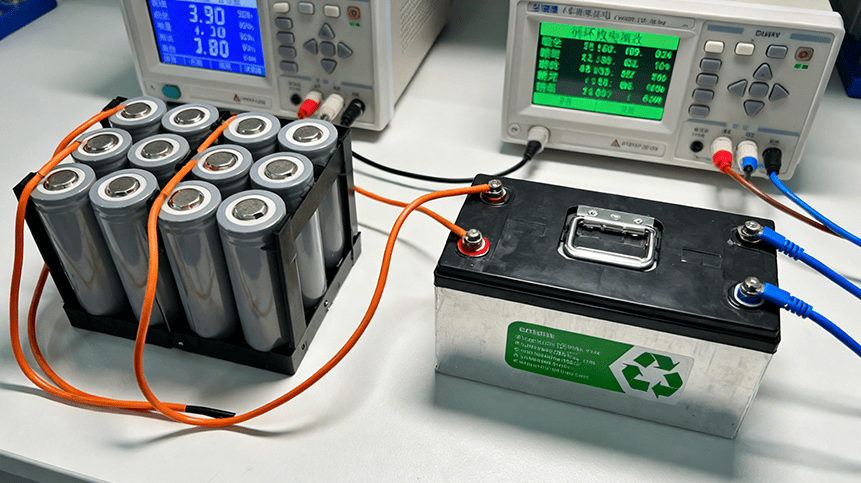 May.2025.11.24Ternary Lithium Battery vs Lithium-ion: Complete Comparison Guide (2025 Edition)Learn More
May.2025.11.24Ternary Lithium Battery vs Lithium-ion: Complete Comparison Guide (2025 Edition)Learn More -

 May.2025.11.214S2P 18650 14.8V Battery: Complete Technical Guide, Specs, Applications & SafetyLearn More
May.2025.11.214S2P 18650 14.8V Battery: Complete Technical Guide, Specs, Applications & SafetyLearn More -

 May.2025.11.18PCM vs BMS in Lithium Batteries: What’s the Difference and Which One Do You Need?Learn More
May.2025.11.18PCM vs BMS in Lithium Batteries: What’s the Difference and Which One Do You Need?Learn More -

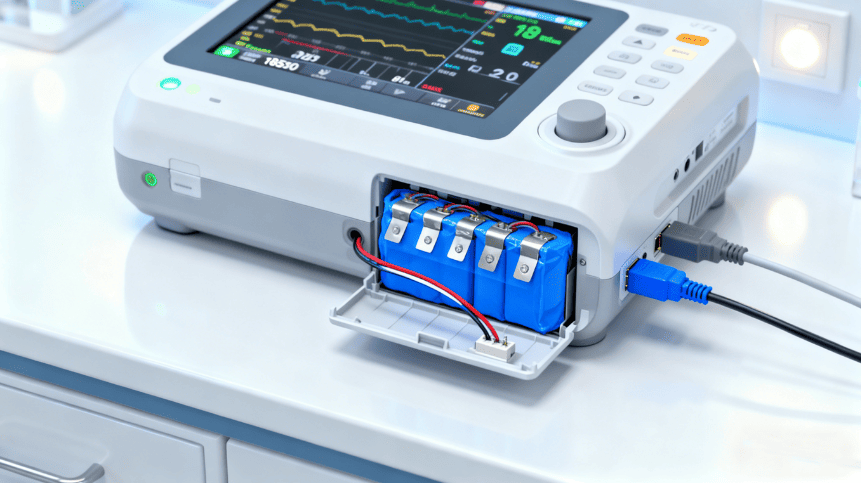 May.2025.11.17Custom Li-ion Battery Design for Medical Devices (2025 Comprehensive Guide)Learn More
May.2025.11.17Custom Li-ion Battery Design for Medical Devices (2025 Comprehensive Guide)Learn More -

 May.2025.11.17The Future of Lithium-Ion Batteries: Innovation, Sustainability, and Global Market TrendsLearn More
May.2025.11.17The Future of Lithium-Ion Batteries: Innovation, Sustainability, and Global Market TrendsLearn More




